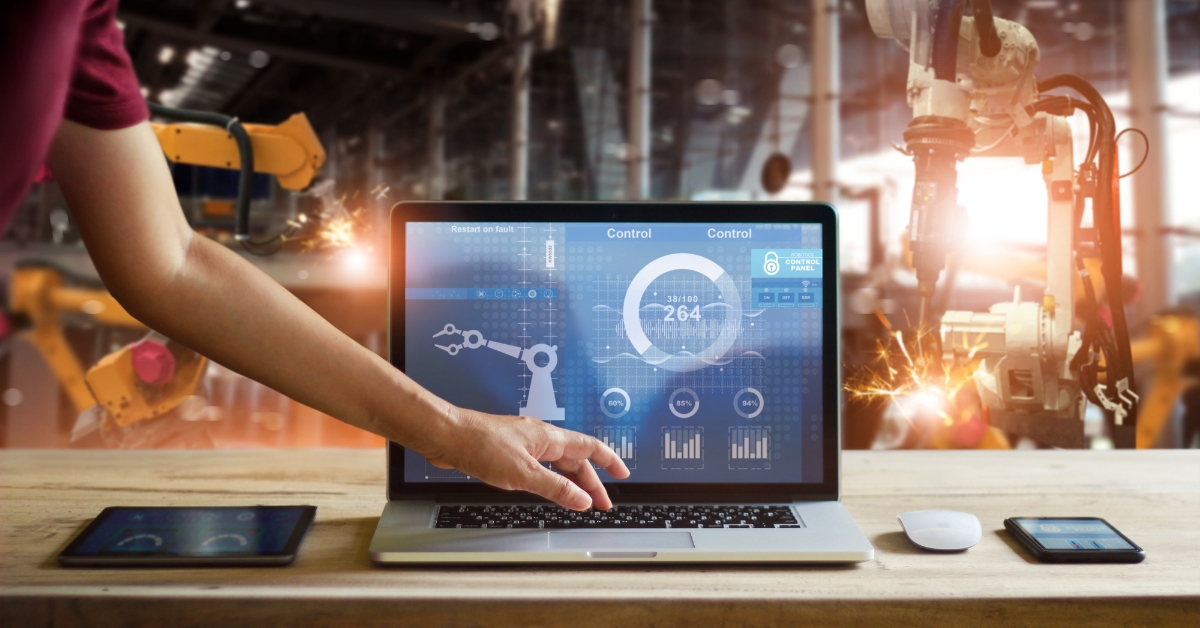- The Rise of Industrial Robotics
- Applications of Industrial Robots in Manufacturing
- Benefits of Robotics in Industry
- Challenges and Considerations
- Conclusion
The Rise of Industrial Robotics.
Industrial robots have become an increasingly vital component of modern manufacturing in 2012. According to the Robotic Industries Association (RIA), robot sales in North America were on track for another record year in 2012 [Source: Robotic Industries Association, September 2012]. This surge in adoption reflects the growing recognition of the immense potential robots hold for boosting productivity and efficiency in various industrial applications.
Applications of Industrial Robots in Manufacturing.
Industrial robots in 2012 were employed in a wide range of tasks across the manufacturing spectrum, including:
- Assembly line operations: Robots excelled at performing repetitive tasks with precision and speed, such as welding, painting, and component assembly.
- Material handling: Robots efficiently transported materials within factories, optimizing logistics and streamlining production processes.
- Quality control: Equipped with advanced sensors, robots could perform intricate quality checks on manufactured products, ensuring consistency and minimizing defects.
- Machine tending: Robots could be programmed to load and unload materials from machines, allowing for continuous operation and maximizing machine utilization.
Benefits of Robotics in Industry.
By integrating industrial robots into their operations, manufacturers in 2012 could reap several significant benefits:
- Increased productivity: Robots tirelessly performed tasks with high precision and speed, leading to a noticeable increase in overall production output.
- Improved product quality: Robots’ consistent performance minimized human error, leading to a higher quality of manufactured goods.
- Reduced labor costs: While robots represented an initial investment, they could ultimately reduce labor costs associated with repetitive tasks.
- Enhanced worker safety: Robots could handle hazardous tasks, minimizing the risk of injuries to human workers.
- Greater operational flexibility: Robots could be easily reprogrammed to adapt to changing production needs, offering greater flexibility than traditional production methods.
Challenges and Considerations.
Despite the numerous advantages, integrating robotics into manufacturing processes in 2012 presented certain challenges:
- Initial investment: Industrial robots were a significant upfront investment, and businesses needed to carefully assess the return on investment (ROI) before implementation.
- Programming complexity: Programming robots for complex tasks could require specialized skills and training.
- Space constraints: Factories might need to be reconfigured to accommodate the physical footprint of robots.
Conclusion.
Industrial robots were revolutionizing manufacturing in September 2012. By offering solutions to enhance productivity, improve quality, and ensure worker safety, robots were poised to become even more ubiquitous across various industries. Partnering with a firm like Farsoft Infotech could equip businesses with the necessary expertise to successfully leverage robotics and achieve their automation goals.
